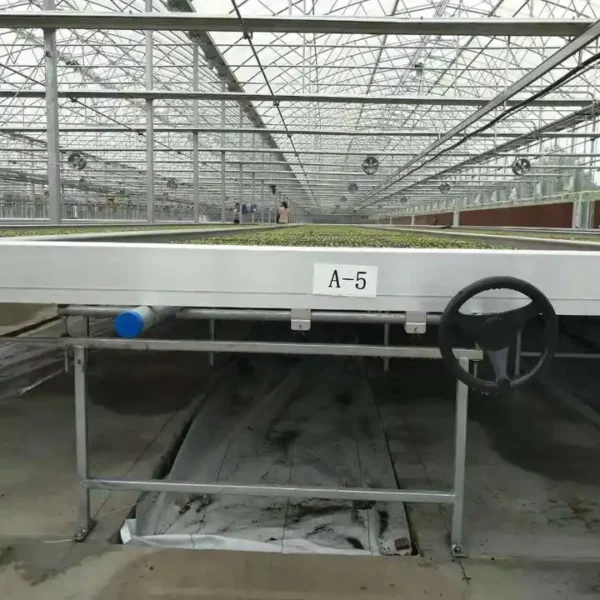In the ever-evolving world of agriculture, maximizing space and optimizing growing conditions are paramount for efficient crop cultivation. Greenhouse benches have emerged as a fundamental component in achieving these goals, reshaping the way plants are nurtured within controlled environments. This article explores the significance of greenhouse benches, their versatile applications, and the benefits they offer in revolutionizing plant cultivation practices.
Evolution of Greenhouse Benches:
Greenhouse benches, also referred to as staging or shelving systems, have undergone a significant transformation over time. They’ve evolved from simple platforms to sophisticated structures designed to accommodate various plant types, promote optimal growing conditions, and enhance operational efficiency for both commercial growers and hobbyists.
Utilizing Vertical Space:
One of the primary advantages of greenhouse benches is their ability to utilize vertical space effectively. By elevating plants off the ground, these benches optimize space within the greenhouse, allowing growers to cultivate more plants while ensuring better airflow, light exposure, and easy access for maintenance.
Tailored for Diverse Growing Needs:
Greenhouse benches come in a wide array of sizes, designs, and materials, catering to the specific requirements of different crops and cultivation methods. Whether it’s seedling propagation, hydroponic systems, or nurturing larger plants, growers have the flexibility to choose benches that align with their unique cultivation needs.
Improved Plant Health and Maintenance:
Raising plants on greenhouse benches offers several benefits for plant health and maintenance. It reduces the risk of soil-borne diseases and pests, creating a cleaner and more controlled growing environment. Additionally, the elevated height of the benches facilitates ergonomic access for tasks like watering, pruning, and harvesting, minimizing strain on growers and improving overall efficiency.
Efficient Water Management:
Proper water management is crucial for plant growth. Many greenhouse benches are designed with integrated drainage systems to prevent waterlogging and ensure adequate moisture levels. This feature helps in maintaining optimal soil conditions and prevents root rot, contributing to healthier plant growth.
Organized and Streamlined Workflow:
The systematic layout of plants on greenhouse benches contributes to a more organized workflow. Growers can effectively monitor and manage their crops, implement pest control measures, and apply fertilizers or treatments with precision, enhancing overall crop health and yield.
Greenhouse benches have become indispensable tools in modern plant cultivation, offering a myriad of advantages that contribute to increased productivity, plant health, and operational efficiency. Their adaptability, space-saving design, and contribution to a more controlled growing environment make them invaluable for both small-scale gardeners and large-scale commercial operations.
As advancements in technology continue to drive innovation in agriculture, further developments in greenhouse bench design and functionality are anticipated. These enhancements will likely lead to more sophisticated and efficient cultivation techniques, empowering growers to meet the demands of a rapidly evolving agricultural landscape while optimizing resources and ensuring sustainable and productive crop yields.
